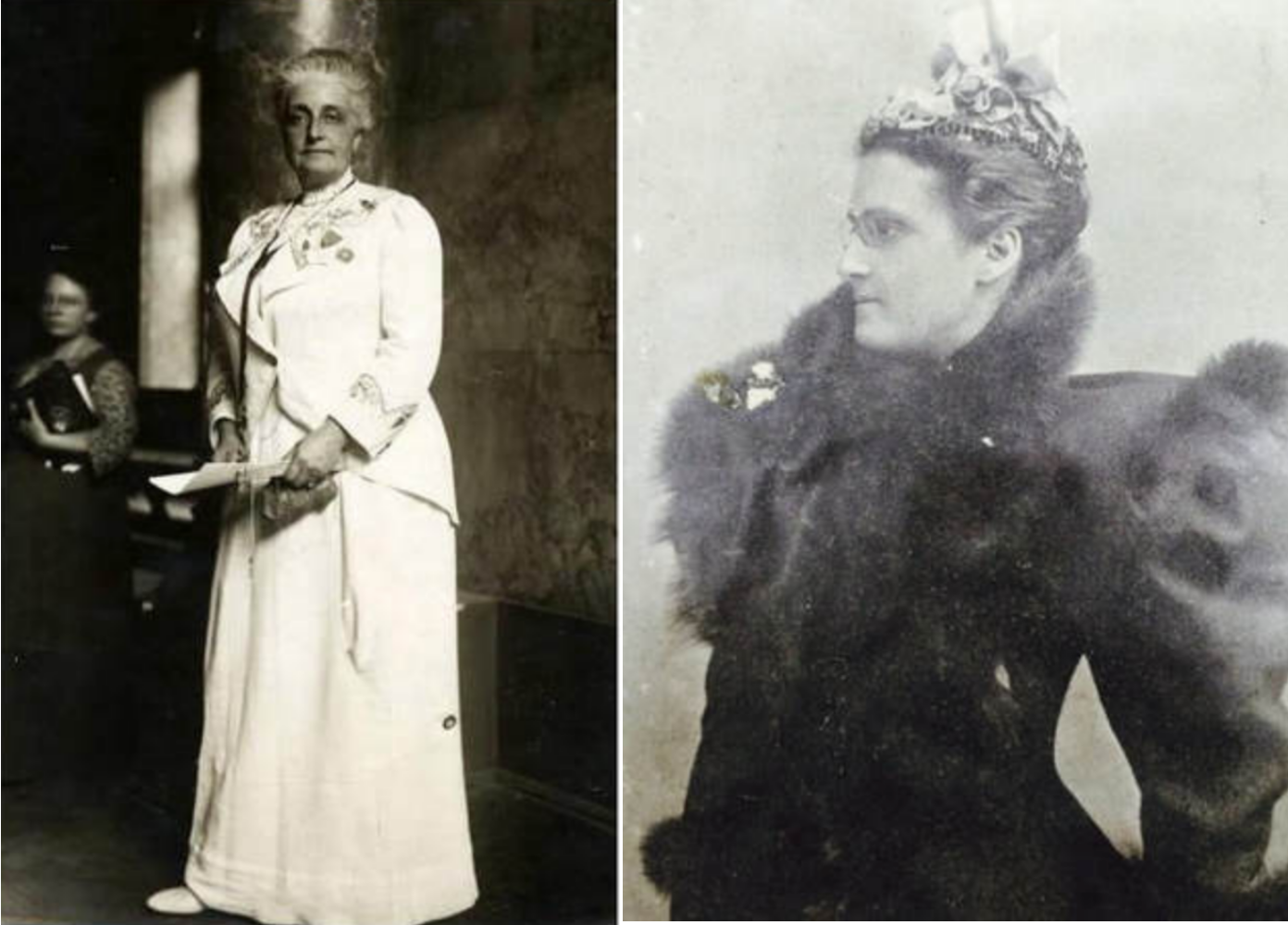The Gotham Center for New York City History Celebrates the New York Suffrage Centennial
In November 2017, the Gotham Center for New York City History ran a series of articles on women’s suffrage on its blog. Some of them were chapters of recently published books, while others were original articles for the website.
Here is a list of the articles:
1. “Suffragists and Suffragettes,” by Mike Wallace. For more on the fight for suffrage in New York, see this site’s interview with Joanna Neuman, Bertha Knobe’s account of a suffrage march in New York, the New York Historical Society’s exhibit on Greenwich Village’s support for suffrage, and this essay on a New York suffrage parade by Harriot Stanton Blatch.
2. “Suffrage and the War,” by Johanna Neuman. For more on World War I and suffrage, see Matilda Hall Gardner’s letter to the New York Evening Post, and Suffrajitsu: Mrs. Pankhurst’s Amazons, three suffrage-themed graphic novels set in World War I-era Britain.
3. “A Fundamental Component: Black Women and Right to Vote,” by Susan Goodier and Karen Pastorello. For more on race and the suffrage movement, see W.E.B. DuBois’ writings in Crisis magazine and the abolitionist Lucy Stone’s letters.
4. “The Men Who Helped Women Get the Vote,” by Brooke Kroeger. For more on men’s support for suffrage, see this site’s interview with Kroeger, the writings of Max Eastman, George Creel’s pamphlet supporting suffrage, this recording of Rabbi Stephen Wise supporting women’s voting rights, and the mission statement of the National Men’s League for Woman Suffrage.
5. “Tammany Hall, Women’s Suffrage and Big Tim Sullivan,” by Alice Sparberg Alexiou.
6. “New Yorker Mrs. Frank Leslie’s Million Dollar Gift to Women’s Suffrage,” by Joan Marie Johnson. For more on women’s philanthropy for suffrage, see this site’s interview with Joan Marie Johnson.
7. “When the Media Elite Threw Their Fedoras into the Ring for Women’s Rights,” by Brooke Kroeger. For more on media coverage of suffrage, see Teri Finneman’s book Press Portrayals of Women Politicians: From ‘Lunatic’ Woodhull to ‘Polarizing’ Palin, this book chapter on how suffrage media outlets reacted to the Titanic disaster, this analysis on the impact of an anti-suffrage women’s publication, a silent film on how British activists used movies to support suffrage, this academic article on a pro-suffrage publication, Linda Steiner’s work on suffrage publications, and more.
8. “When the Suffrage Movement Got Its Makeover On,” by Brooke Kroeger. For more on fashion and suffrage, see this panel discussion, “Pant(aloons) to Pussy Hats: Style and Appearance as Change, Power, and Political Statement in the Women’s Movement.”
9. “Two Jewish Society Sisters Go At It Over the Vote,” by Alice Sparberg Alexiou. For more on women who were anti-suffrage, see this dissertation on women’s activism against suffrage, this analysis on the impact of an anti-suffrage women’s publication, and a pamphlet from the National Association Opposed to Woman Suffrage.
10. “The Fight For Suffrage in New York State,” by Marcela Micucci. For more on the fight for suffrage in New York, see this site’s interview with Joanna Neuman, Bertha Knobe’s account of a suffrage march in New York, the New York Historical Society’s exhibit on Greenwich Village’s support for suffrage, and this essay on a New York suffrage parade by Harriot Stanton Blatch.
